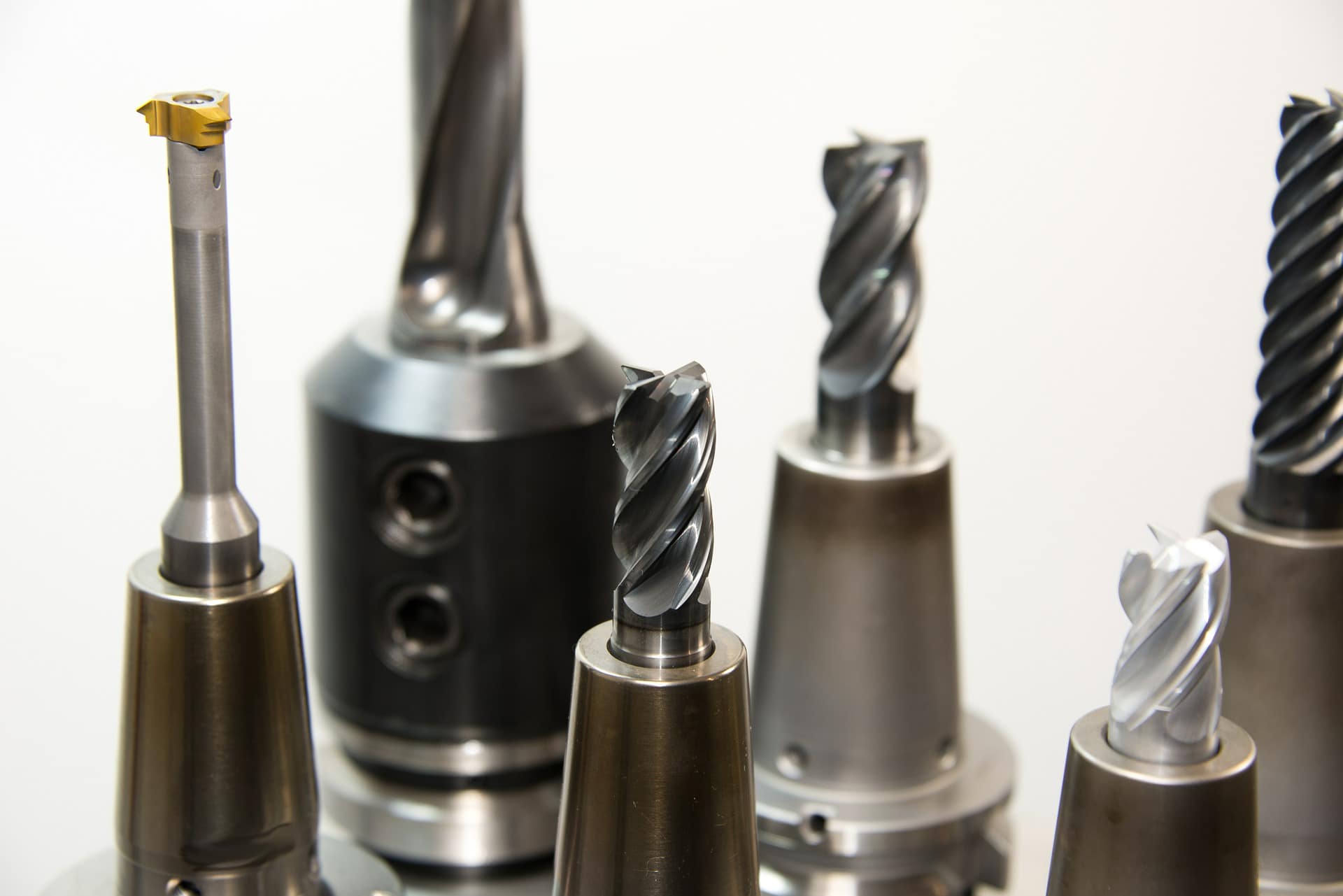
Since the initial China tariffs were put in place, steel companies and other industries have experienced a significant amount of growth. However, with such a complex topic, there are both benefits and drawbacks to keep in mind.
The China tariffs introduced in early 2017 were a means to encourage onshore steel production and resulted in the first obvious signs of steel industry growth in nearly 50 years. In the immediate time period after these steel tariffs were put into place, steel manufacturing and industrial companies have experienced a bit of job growth and manufacturing stability within individual businesses.
The benefit of these tariffs — specifically, tariffs on imported goods and parts — is that American manufacturers are more competitive with Chinese companies in terms of pricing, so domestic companies are seeing an increase in business. With this increase in work for American businesses comes an increase in American job opportunities and an improved U.S. economy overall. While in past years getting business was one of the more significant struggles of domestic manufacturers, their biggest challenge today is finding enough workers to keep up with demand.
The major drawback, however, comes along with tariffs on raw steel. Tariffs on raw steel has caused the overall import price to increase. This means American companies that need raw steel must pay more to have it imported. The increased cost of the raw materials leads to an increased cost for the finished product paid by consumers.
In the end, consumers end up paying more for the products they need, whether they are imported as finished goods or in raw form for American companies to manufacture.
The obvious growth the steel tariffs created for American businesses cannot be ignored, but there are also several concerns many industry experts have. For instance, after the China steel tariffs were implemented, U.S. steel company stock prices took a significant hit — in the last year, stock prices were down up to 56 percent for several steel companies.
There’s also the possibility that while many companies experienced a huge boom to their sales for 2018 due to increased business, demand may eventually dip back down to its pre-tariff level.
At Caldera Manufacturing Group, formerly Summit Steel and Manufacturing, we look at these imposed China tariffs as an opportunity to paint a new, positive outlook for the future of the steel industry. We’re always looking for ways to be innovative, and with the steel tariffs, we’ve been able to restore steel manufacturing jobs that were formerly lost and branch out to find new clients. Caldera Manufacturing Group has had the chance to work with new industries that are now wary of China and their ability to purchase products from them. You can learn more in our president Gary Romig’s recent interview with ABC news.